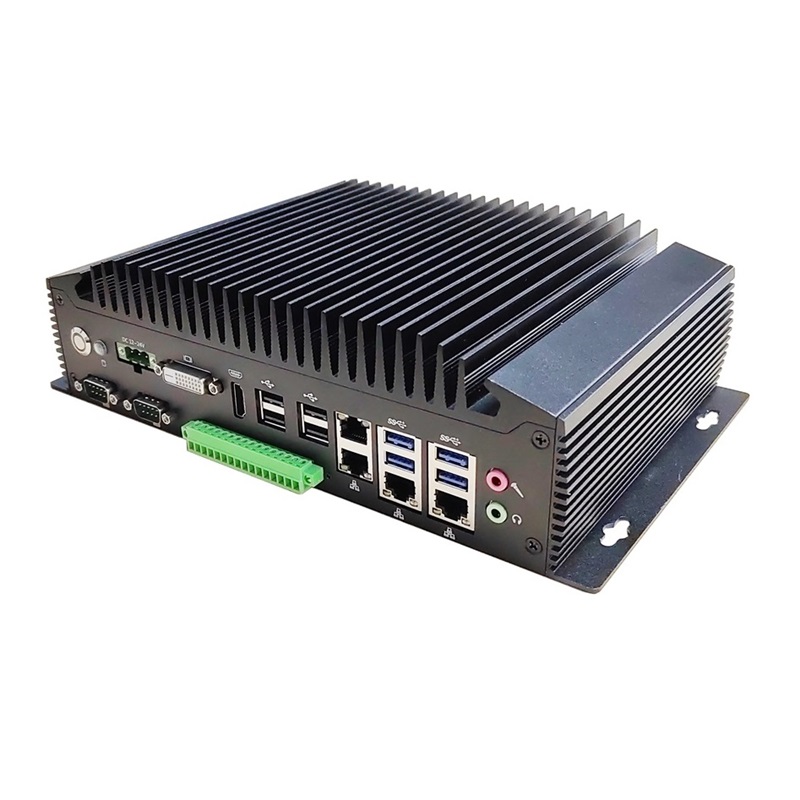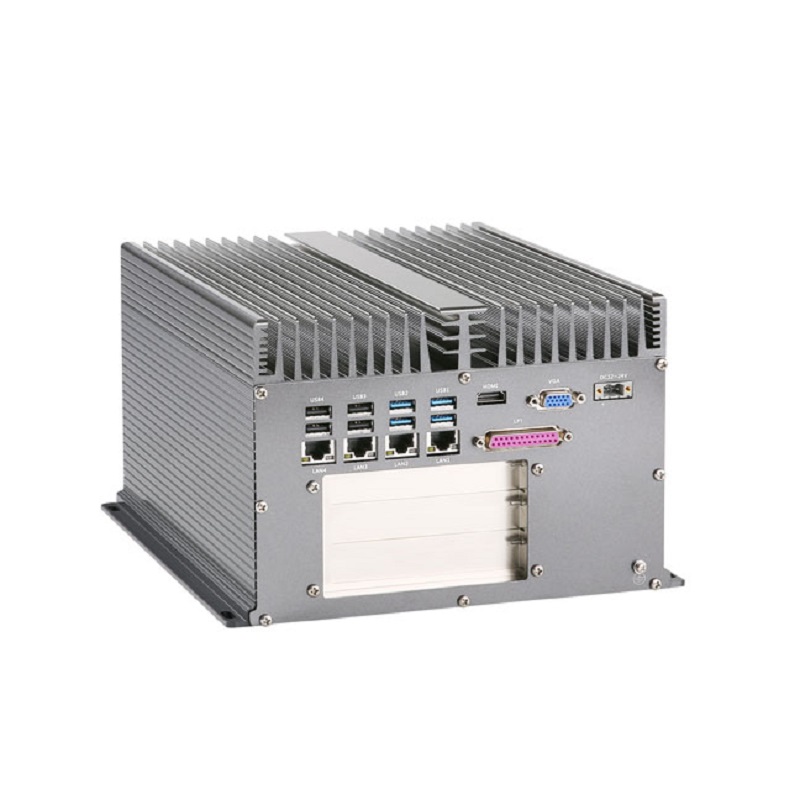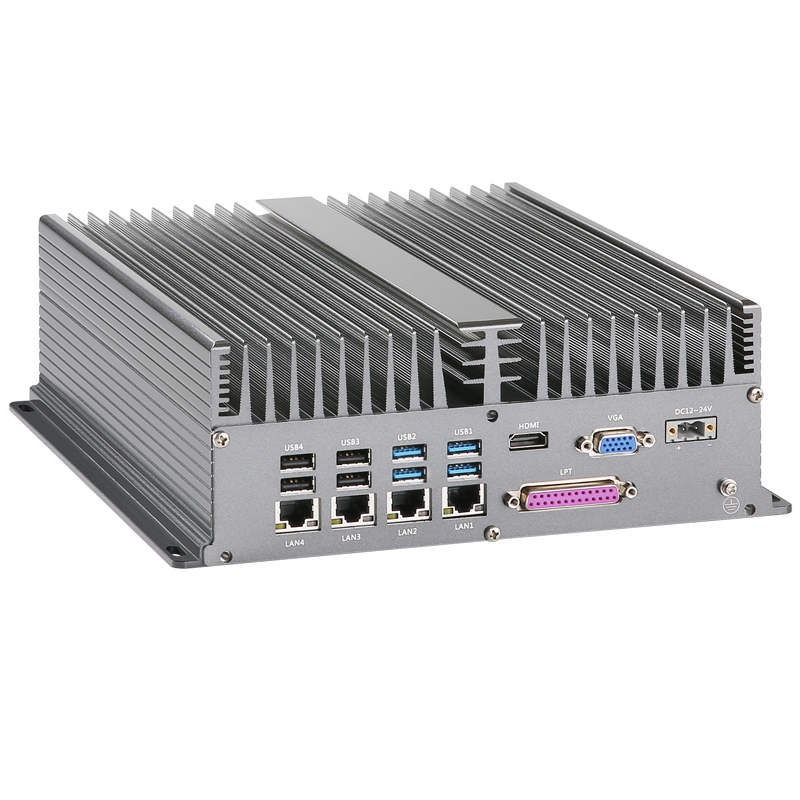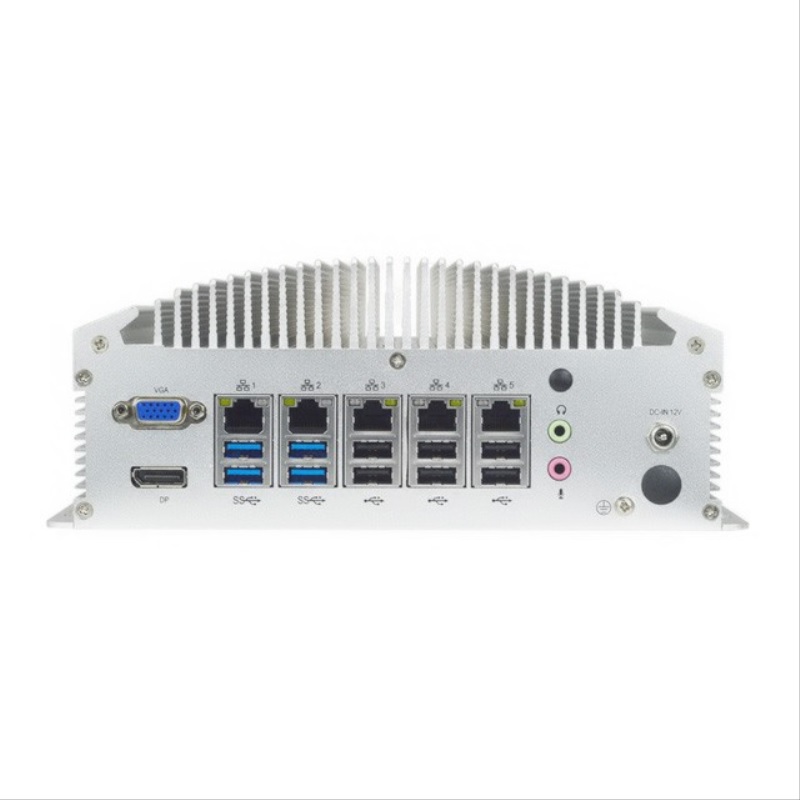AI Enables Defect Detection in the Factory
In the manufacturing industry, ensuring high product quality is crucial. Defect detection plays a significant role in preventing defective products from leaving the production line. With the advancement of AI and computer vision technology, manufacturers can now leverage these tools to enhance defect detection processes in their factories.
One example is the use of computer vision software running on Intel® architecture-based industrial PCs in a prominent tire manufacturer's factory. By employing deep learning algorithms, this technology can analyze images and detect defects with high accuracy and efficiency.
Here's how the process typically works:
Image Capture: Cameras installed along the production line capture images of each tire as it runs through the manufacturing process.
Data Analysis: The computer vision software then analyzes these images using deep-learning algorithms. These algorithms have been trained on a vast dataset of tire images, allowing them to identify specific defects or anomalies.
Defect Detection: The software compares the analyzed images against predefined criteria for detecting defects. If any deviations or abnormalities are detected, the system flags the tire as potentially defective.
Real-Time Feedback: Since the computer vision software runs on Intel® architecture-based industrial PCs, it can provide real-time feedback to the manufacturing line. This allows operators to address any defects promptly and prevent defective products from proceeding further in the production process.
By implementing this AI-enabled defect detection system, the tire manufacturer benefits in several ways:
Increased Accuracy: Computer vision algorithms are trained to detect even the smallest defects that may be difficult for human operators to identify. This leads to improved accuracy in identifying and categorizing defects.
Cost Reduction: By catching defective products early in the production process, manufacturers can avoid costly recalls, returns, or customer complaints. This helps minimize financial losses and preserves brand reputation.
Enhanced Efficiency: The real-time feedback provided by the AI system allows operators to take immediate corrective action, reducing the potential for bottlenecks or disruptions in the production line.
Continuous Improvement: The system's ability to collect and analyze vast amounts of data facilitates continuous improvement efforts. Analyzing patterns and trends in the detected defects can help identify underlying problems in the manufacturing process, enabling manufacturers to make targeted improvements and drive overall quality enhancement.
In conclusion, by leveraging AI and computer vision technologies deployed on Intel® architecture-based industrial PCs, manufacturers can significantly improve defect detection processes. The tire manufacturer's factory is an excellent example of how these technologies are helping to identify and address defects before products reach the market, resulting in higher-quality products and improved operational efficiency.
Post time: Nov-04-2023












